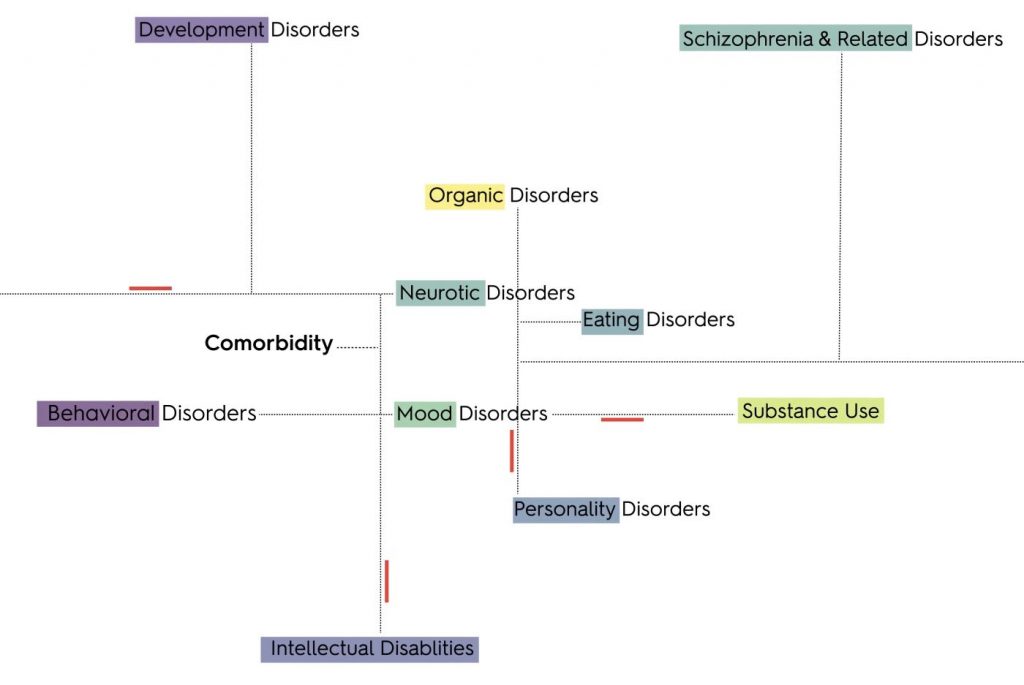New large register study maps connection between mental disorders
Post-doc Oleguer Plana-Ripoll is overseeing a new large population study that is mapping the links between mental disorders and, for the first time, is providing a substantial description of the risk of double diagnosis. The research is part of the DNRF’s Niels Bohr Professorship to John McGrath and is being executed at the National Centre for Register-based Research, Aarhus University. The results were recently published in the scientific journal JAMA Psychiatry.

Oleguer Plana-Ripoll, who is a post-doc at the National Centre for Register-based Research at the Aarhus School of Business and Social Sciences (Aarhus BSS), Aarhus University, is in charge of a new national population assessment within the study of double diagnosis, also called co-morbidity. The extensive examination is part of the DNRF Niels Bohr Professorship to John McGrath and maps links between different mental disorders, and the results show, among other things, that half of those who develop a major mental disorder before the age of 20 have an increased risk of developing another mental disorder later in life.
“This is the first study to provide a comprehensive description of all possible associations between pairs of mental disorders using national registers available for a whole population. We knew from previous smaller studies that some types of disorders tended to occur together. But now we can confirm that co-morbidity is the rule, not the exception. Those who receive a diagnosis of a specific major mental disorder are more likely to receive diagnoses of all other types of mental disorders,” said Oleguer Plana-Ripoll, is a post-doctoral researcher at the National Centre for Register-based Research at Aarhus BSS and the main author of the study.
In the study, the researchers uncovered how different types of mental disorders accumulate across a lifespan. Due to the size of the study, the researchers were able to measure the absolute risks of people developing more than one mental disorder later in life. The study showed that people who are diagnosed with one mental disorder are not only more likely to be diagnosed with other mental disorders, but also that this risk persists for many years after the first diagnosis.
“It is a large and comprehensive study that provides never-before-seen details of the relationship between the different mental disorders. We have provided the field with fine-grain details – for example, that the risk of developing more than one mental disorder is not constant over time,” said Plana-Ripoll.
Watch a video about comorbidity from the McGrath NBP-site here:
The study is part of the Niels Bohr Professorship research program at Aarhus University, which is led by Professor John McGrath and explores new, innovative methods related to psychiatric epidemiology.
”We want to ‘democratize’ the results so that they are more widely understood by clinicians and people with mental disorders and their caregivers. We hope that this new information will help the clinicians to monitor the development of mental disorders. This is especially important for people who develop a mental disorder when they are young,” said McGrath.
Find the scientific publication at JAMA here
More information and data are available at the interactive McGrath NBP site here
